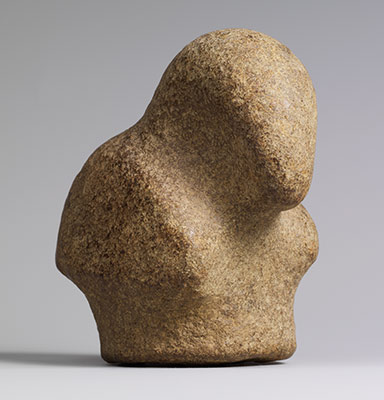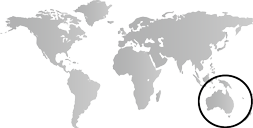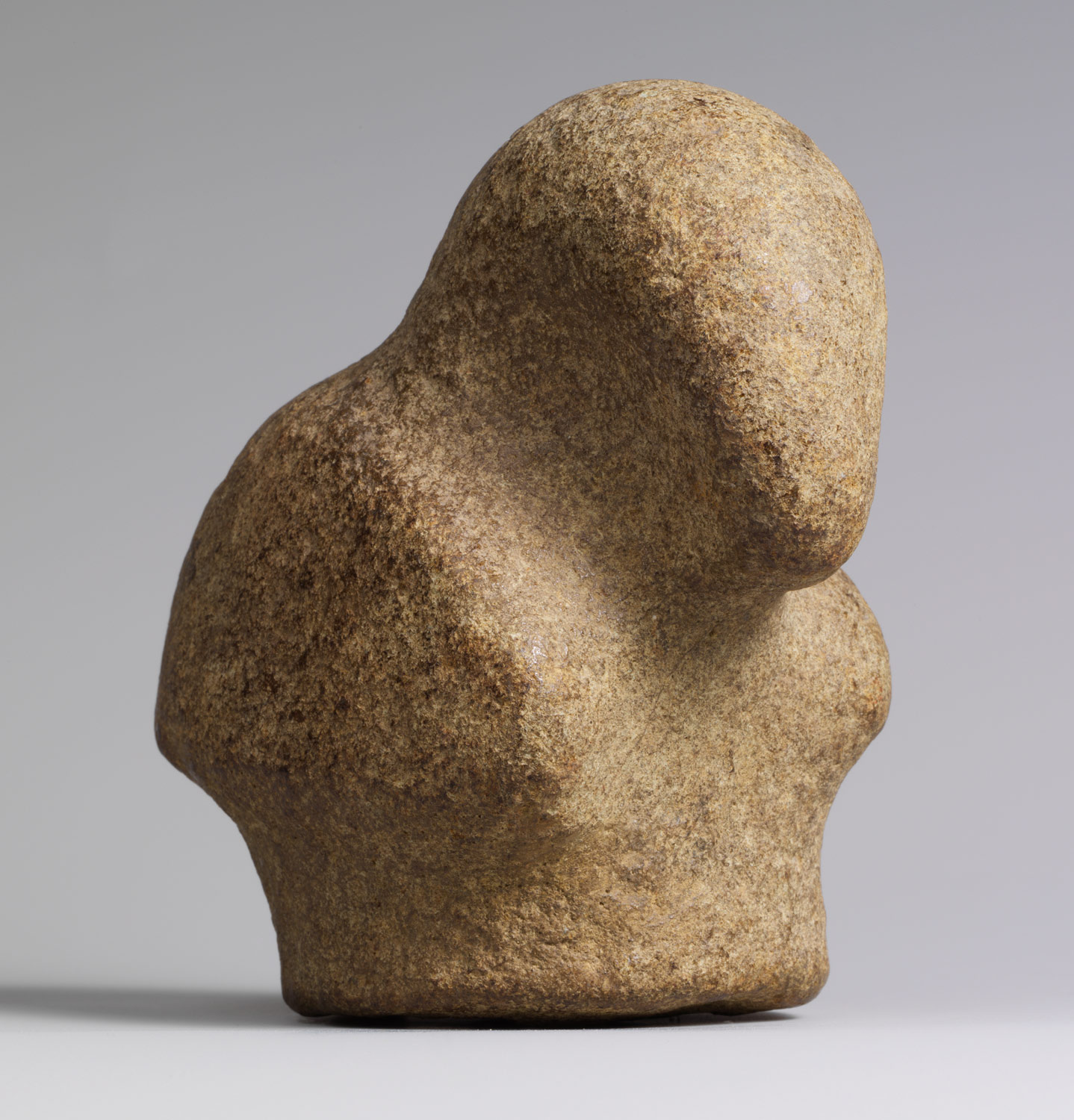Lacking writing systems and working primarily in perishable materials such as wood and fiber, the peoples of the Pacific have left little record of their early history or art forms. While archaeologists have developed cultural and artistic sequences for a number of regions in Oceania based on more durable remains such as stone, shell, pottery, and rock art, much of the prehistory of the Pacific remains poorly known. In many areas, little or no systematic archaeological research has been conducted. Thus the dates and artistic sequences presented here are provisional.
The islands of the Pacific were originally settled from Southeast Asia by two different groups of people at widely separated points in time. The first settlers of the Pacific, ancestors of present-day Melanesians and Australian Aboriginals, reached New Guinea and Australia roughly 40,000–60,000 years ago. By 38,000 B.C., these Melanesian peoples had expanded as far east as the northern Solomon Islands. It would be more than 30,000 years, however, before the descendants of a second wave of Southeast Asian peoples, together with the Melanesians with whom they interacted, began to venture into the more remote islands of the Pacific.
The oldest surviving works of Oceanic art are the rock paintings and engravings of the Australian Aboriginals, the earliest examples of which may be 40,000 years old. While several different stylistic phases are evident over their long history, Aboriginal rock art traditions have continued unbroken to the present day.


